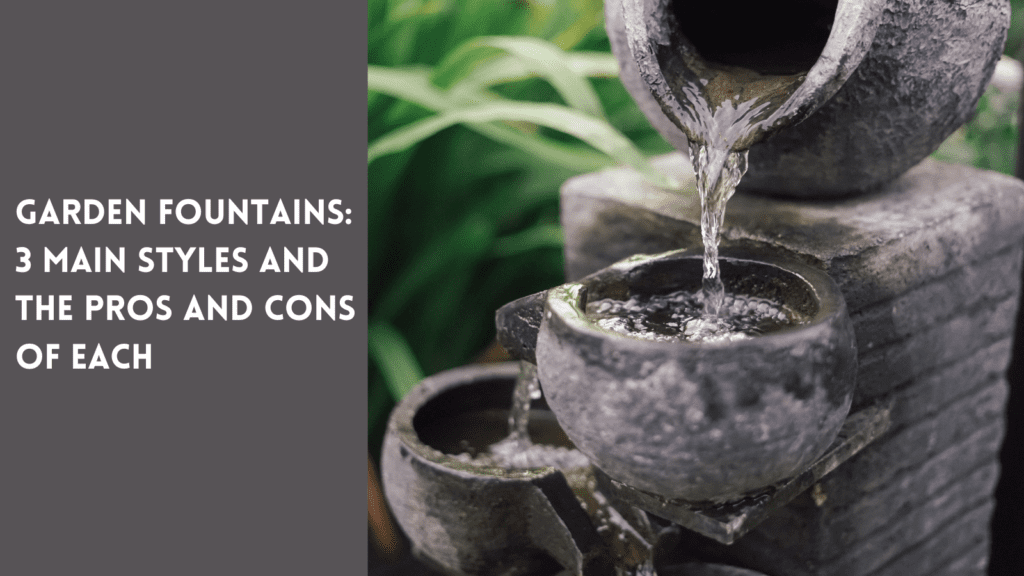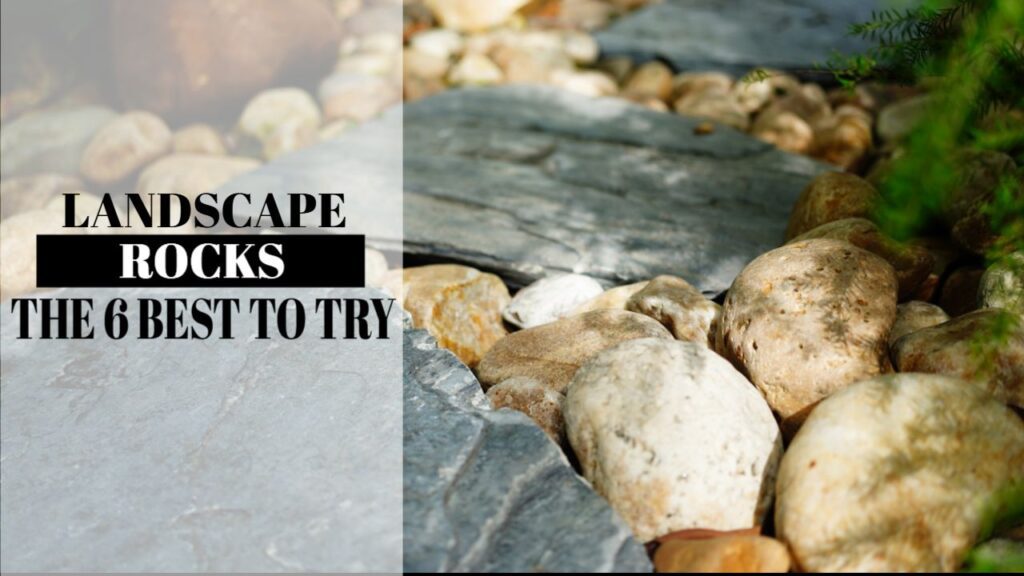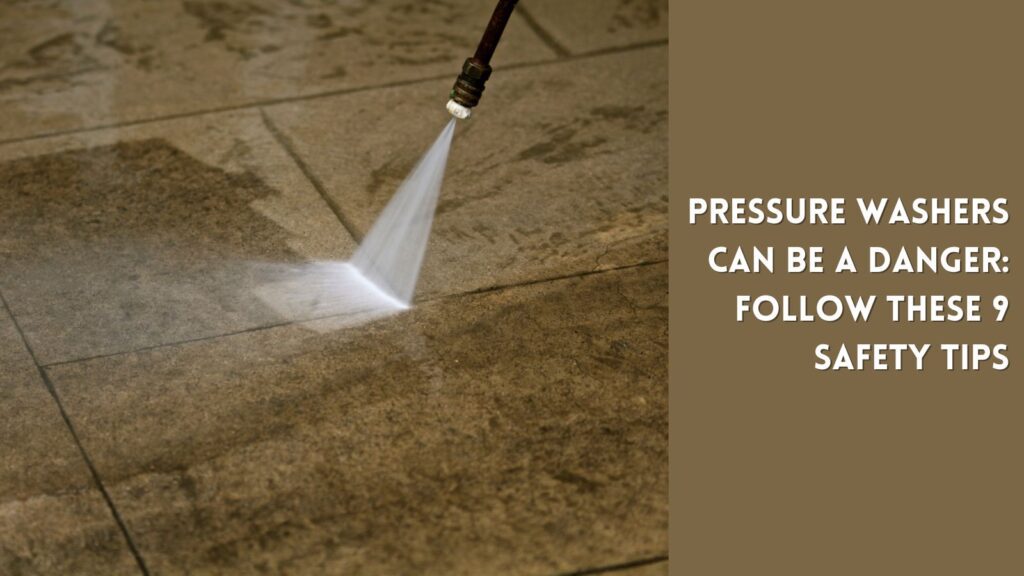Last Updated on: 30th October 2023, 09:46 pm
Add rustic beauty to your landscaping with timber wood edging
Are you looking for a charming, rustic way to edge your flower beds, gardens, or walkways? Look no further than landscape timbers! These versatile wooden timbers add a touch of natural beauty to your outdoor space while also serving as a practical way to prevent soil erosion, retain mulch, and create defined areas in your yard.
In this guide, we’ll answer some of the most frequently asked questions about landscape timbers and provide a step-by-step guide to installing them for incredible results.
Landscaping Timber FAQs

How long will landscape timbers last in the ground?
Landscape timbers can last several years in the ground, depending on various factors such as the type of wood used, the treatment process, and the soil moisture level. However, with proper installation and maintenance, you can expect your landscape timbers to last about five to ten years in eastern North Carolina.
What are landscaping timbers?
Landscaping timbers are wooden boards typically used for edging garden beds, walkways, or retaining walls. They come in various sizes, thicknesses, and materials, including pressure-treated pine, cedar, or redwood. Some landscape timbers are also treated with chemicals to resist decay and insect damage.
What can I use instead of them?
If you’re looking for alternative edging materials, consider using brick, stone, concrete, or plastic edging. These materials offer different durability, maintenance, and cost levels, so choose the one that best fits your needs and preferences.
How do you keep landscaping timber from rotting?
Unfortunately, no wood is entirely immune to rotting, especially when exposed to moisture and soil. However, you can slow down the decay process by using pressure-treated wood, applying wood preservatives, and avoiding direct contact with soil. You can also create a drainage system by placing gravel or crushed stone underneath the timbers to improve water flow.
What kind of wood won’t rot in the ground?
Technically, no wood will last forever in the ground, but some types of wood are naturally more resistant to decay and insects than others. These include cedar, redwood, and black locust, which have natural oils and tannins that make them less appealing to pests and fungi.
Can you put landscape timber directly in the ground?
While it’s technically possible to install landscape timbers directly into the ground. However, we discourage it. That’s because the soil can accelerate the decay process and compromise the stability of the timbers. Instead, creating a solid base of gravel or crushed stone is best to improve drainage and prevent rotting.
Do I need to put gravel under landscape timber?
Yes. Placing gravel or crushed stone underneath the landscape timbers can help improve drainage, prevent soil erosion, and slow the decay. Make sure to excavate the area first and create a level base before adding the gravel. Otherwise, it will wash out into the lawn.
How do I anchor them in the ground?
You can use rebar, landscape spikes, or metal stakes to anchor the landscape timbers in the ground. These should be driven through the timbers and into the ground to provide stability and prevent shifting or tilting.
Should I use landscape fabric underneath?
Using landscape fabric underneath the wood can help prevent weeds from growing and improve drainage. Choose a non-woven or spun landscape fabric that allows water to penetrate while preventing soil erosion.

Step-by-Step Guide to Installing Landscape Timbers
Time to pull out the tool belt and get to work!
Tools you will need:
- Landscape timbers
- Gravel or crushed stone
- Landscape fabric and a knife to cut it
- Shovel to dig out the area
- Rebar, landscape spikes, or metal stakes
- Hammer or mallet
- Circular saw or handsaw
- Measuring tape
- Level
Follow these steps:
- Determine and mark the layout of your edging
- Excavate the area to create a level base and remove debris or vegetation.
- Lay down landscape fabric to prevent weeds from growing and improve drainage.
- Pour pea gravel or crushed stone onto the fabric to create a stable base.
- Measure and cut the landscaping timber to the desired length using a circular saw or handsaw.
- Place the wood timbers onto the gravel base, ensuring they are level and even.
- Secure the landscape timbers to the ground using rebar, landscape spikes, or metal stakes. Hammer them through the timbers and into the ground at regular intervals.
- Repeat the process for each piece of wood until the edging is complete.
- If desired, add a layer of mulch or decorative stone inside the edging.
The Takeaway: Landscape Timbers Add Rustic Charm But Require Some Work for Durable Installation
With their natural beauty and practical benefits, landscape timber is an excellent choice for edging your outdoor space. However, installing them correctly requires effort and maintenance to ensure long-lasting durability. Following our step-by-step guide and using the correct materials and tools, you can create a beautiful and functional landscape design that adds rustic charm to your home.
If you need professional lawn care or pressure washing services, don’t hesitate to contact Tayloe’s Lawn Care Services. Also, don’t forget to follow us on Facebook for more landscaping tips and inspiration!



Author Profile

- Deborah Tayloe is the CEO and co-founder of Tayloe's Lawn Care Services, LLC. She has a B.S.Ed and holds certificates in soil and water management and herbology from accredited programs.
Latest entries
 GardeningSeptember 27, 2025What perennials, shrubs, and trees don’t like fall pruning (and why)?
GardeningSeptember 27, 2025What perennials, shrubs, and trees don’t like fall pruning (and why)? Trees and ShrubsSeptember 14, 2025Fall Shrub Pruning Guide (September–October)
Trees and ShrubsSeptember 14, 2025Fall Shrub Pruning Guide (September–October) Trees and ShrubsApril 22, 2025Boxwood Blight: Early identification and isolation
Trees and ShrubsApril 22, 2025Boxwood Blight: Early identification and isolation Flower GardenApril 8, 2025John F. Kennedy Rose: Hybrid tea rose with elegant white blooms
Flower GardenApril 8, 2025John F. Kennedy Rose: Hybrid tea rose with elegant white blooms






